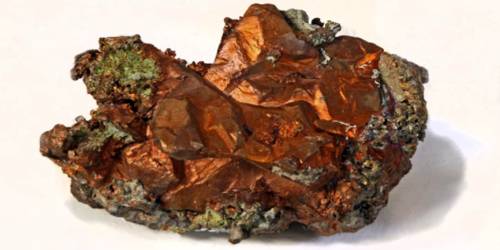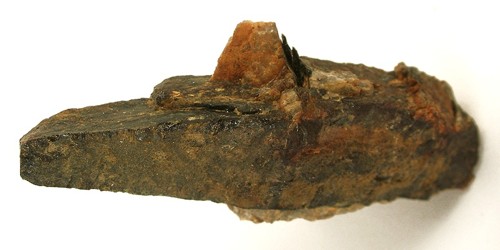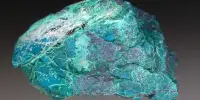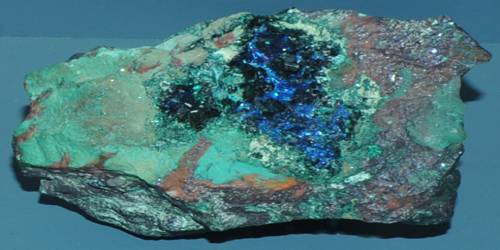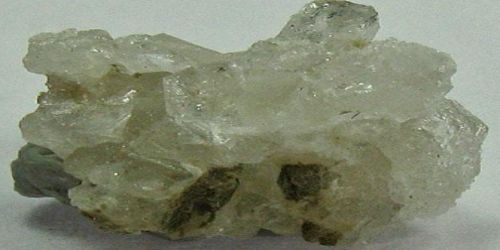Native copper is an uncombined form of copper that occurs as a natural mineral. It has high electrical and thermal conductivity and also very malleable. Copper is one of the few metallic elements to occur in native form, although it most commonly occurs in oxidized states and mixed with other elements. Native copper was an important ore of copper in historic times and was used by prehistoric peoples.
The name copper comes from the Greek kyprios, “of Cyprus”, the location of copper mines since pre-historic times.
General Information
- Category: Native metal
- Formula: Cu
- Crystal system: Cubic
- Crystal class: Hexoctahedral (m3m)
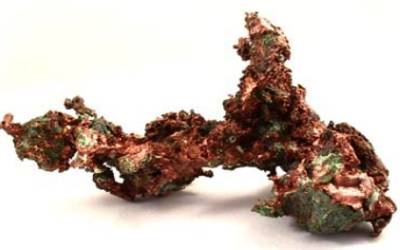
Properties
It has a reddish, orangish, and/or brownish color on fresh surfaces, but typically is weathered and coated with a green tarnish of copper(II) carbonate (also known as patina or verdigris). Its specific gravity is 8.9 and its hardness is 2.5–3.
- Color: Pale rose on fresh surface, quickly darkens to copper-red; in reflected light, pale rose
- Cleavage: None
- Fracture: Hackly – jagged
- Tenacity: Highly malleable and ductile
- Mohs scale hardness: 2.5 – 3
- Luster: Metallic
- Streak: Copper-red
- Diaphaneity: Opaque
- Specific gravity: 8.95
Occurrence
Native copper occurs rarely as isometric cubic and octahedral crystals, but more typically as irregular masses and fracture fillings. The mines of the Keweenaw native copper deposits of Upper Michigan were major copper producers in the 19th and early 20th centuries, and are the largest deposits of native copper in the world. Native Americans mined copper on a small scale at this and many other locations, and evidence exists of copper trading routes throughout North America among native peoples, proven by isotopic analysis.
Another major native copper deposit is in Coro Coro, Bolivia.
Information Source:
